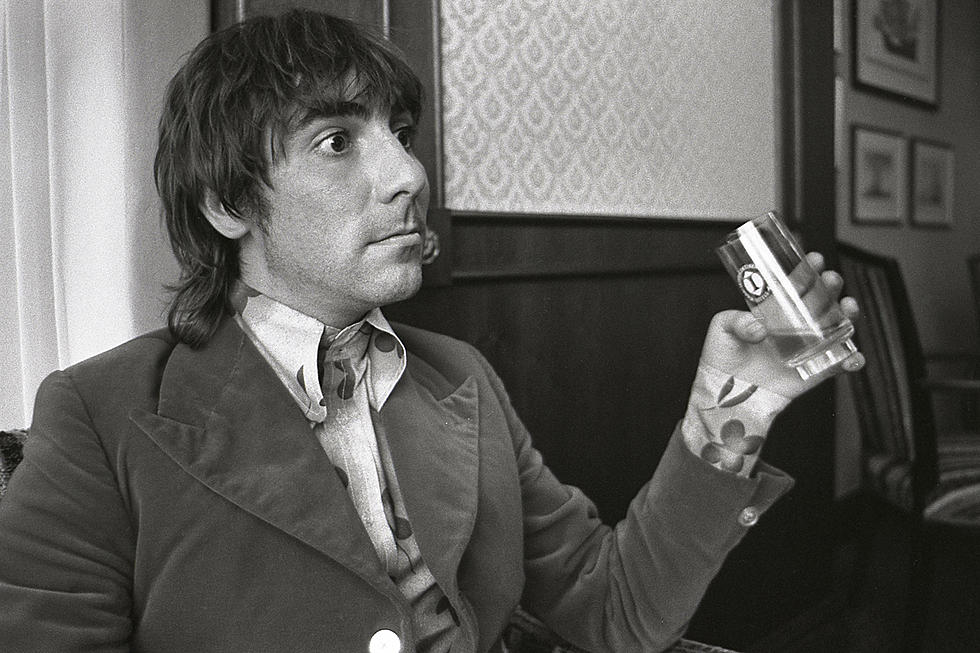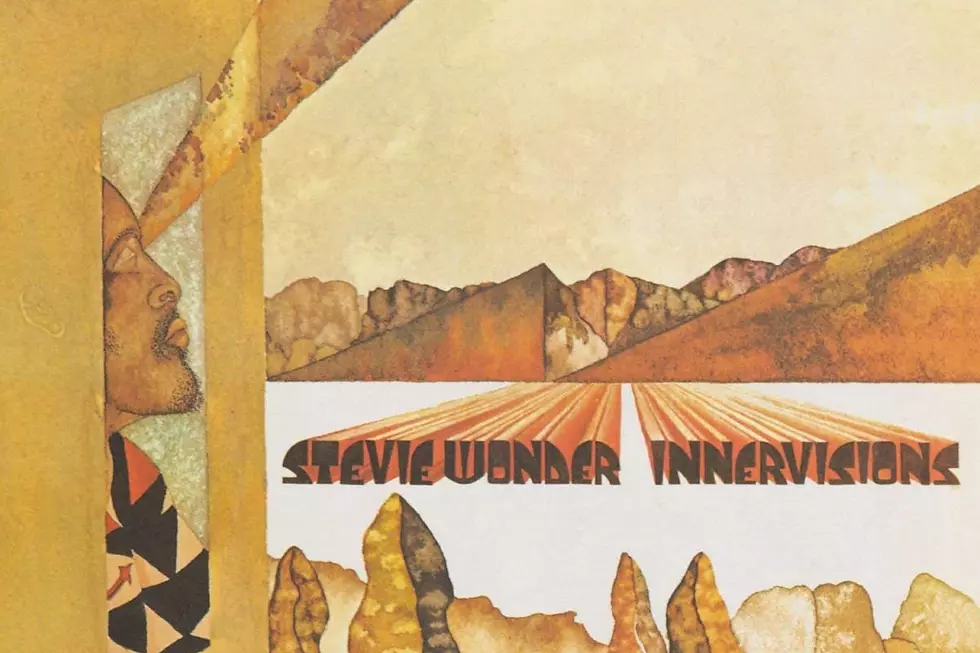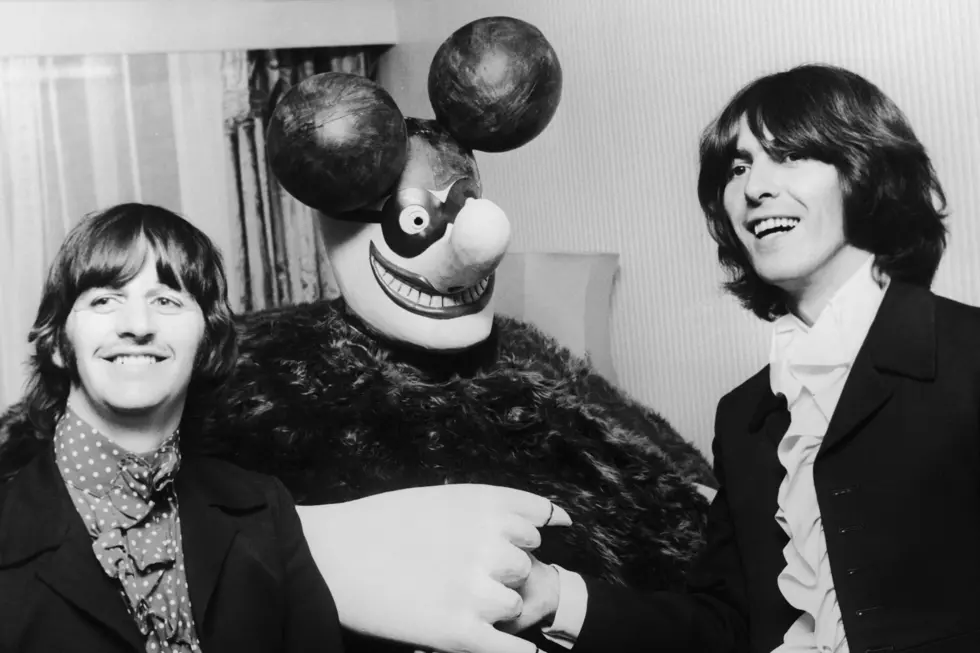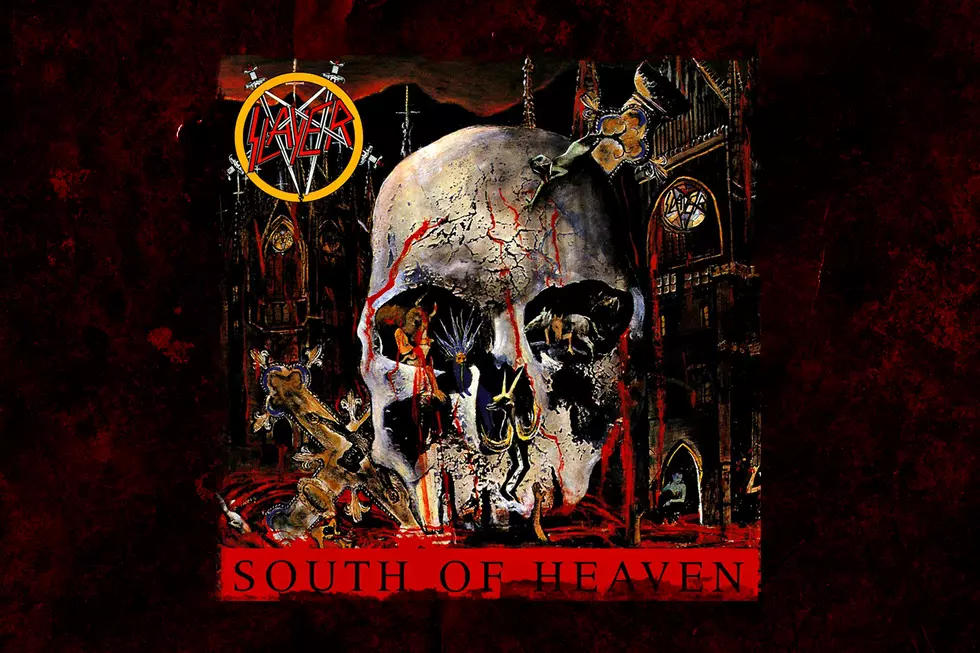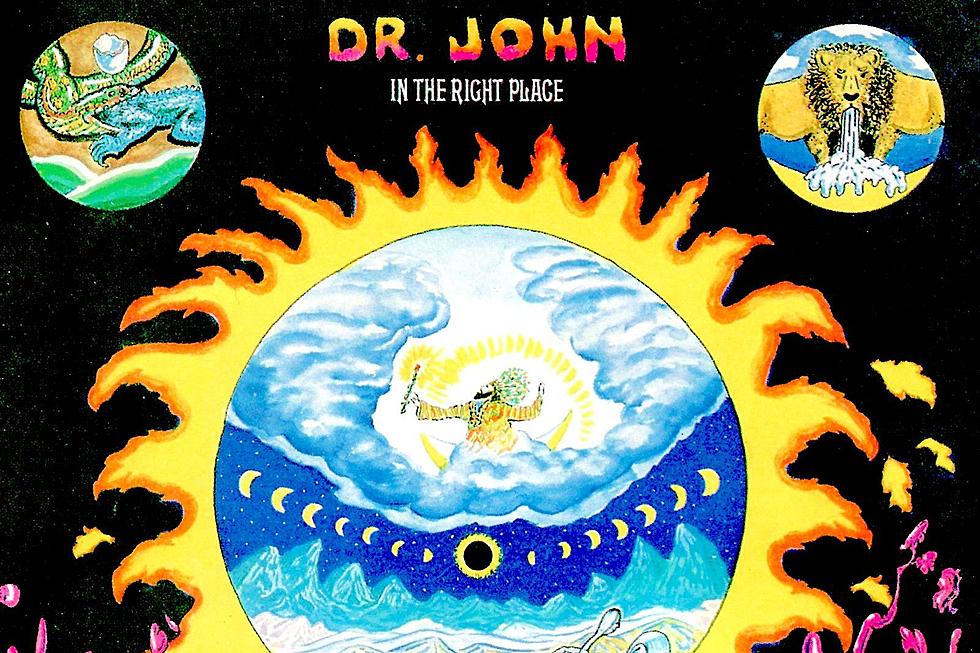
How Dr. John Got Focused, Then Famous on ‘In the Right Place’
Dr. John had been trodding well off the beaten path for years before this remarkable commercial breakthrough. He got there not by completely discarding his new-found persona as the High Priest of Hoodoo but by applying it in a more hip-shakingly focused way.
In the Right Place, released on Feb. 25, 1973, featured a far, far funkier set of Dr. John tunes, and all of it was uniquely informed by his hometown. Allen Toussaint, one of New Orleans' cornerstone musical voices, served as producer. He was backed up by the Meters, a group Dr. John described as "the fonkiest rhythm section anywhere" in Under a Hoodoo Moon: The Life of the Night Tripper. Together, they sharpened the edges of what had necessarily been a more intoxicatingly free-form approach, hurtling Dr. John to stardom along the way.
"Originally, I felt to go commercial would prostitute myself and bastardize the music," Dr. John told Rolling Stone in 1973. "On reflecting, I thought that if without messin' up the music and keeping the roots and elements of what I want to do musically, I could still make a commercial record I would not feel ashamed from, I'm proud of, and still have a feel for – then it's not a bad thing but it even serve a good purpose."
All of a sudden, Dr. John was sprinkling gris gris on the Billboard charts. After years of spooky psychedelia and old-school NOLA R&B, new fans rallied around these more modern-sounding songs. "The album had more of a straight-ahead dance feel than ones I had done in the past," Dr. John says in Under a Hoodoo Moon, "although it was still anchored solid in R&B."
In the Right Place became a No. 24 hit, while the single "Right Place, Wrong Time" spent 33 weeks on the charts, peaking in the Top 10 in the U.S. and Canada. It reached the Top 20 on the soul music chart, as well. Always mixing and matching musical ingredients, Dr. John drew from a wildly varied group of source material as he initially constructed "Right Place, Wrong Time" live in the studio with the Meters.
"Bob Dylan started it off by laying a line on me: 'I'm on the right trip, but I'm in the wrong car,'" Dr. John writes in Under a Hoodoo Moon. "Then Bette Midler gave me one: 'My head's in a bad place; I don't know what it's there for.' Doug Sahm also pitched in: 'I was in the right set, but it must have been the wrong sign.'"
The follow-up single, "Such a Night," very nearly cracked Billboard's Top 40 again. He later memorably performed it as part of the Band's Last Waltz concert.
Listen to Dr. John Perform 'Right Place, Wrong Time'
"I wrote that song about 10 or 15 years before I cut it," Dr. John said in the liner notes to the Mos' Scocious anthology. "I was just going through some songs with Allen Toussaint one day. I probably never would have cut that if it hadn't been for Allen. The song started selling big in Europe before it started selling in the States. When it hit here, it was dead in Europe. It was a freak record. It even started selling again at the time of The Last Waltz. That was years afterwards."
In the Right Place was rounded out by instant-classic originals like the minstrel-inspired "I Been Hoodood," a great update of James Wayne's Dave Bartholomew-produced "Traveling Mood," and a new one from Toussaint called "Life" that was later covered by Blood Sweat & Tears.
"We were making fun music," Toussaint once remembered, "and doing it at our pace." In this loose setting, Toussaint worked as a surprisingly hands-on jack of all trades, contributing keyboards, acoustic guitars, percussion and background vocals, while also handling the arrangements. All of it belied the low-key producer's status as a stone-cold local legend.
"Allen is the one cat that kept the recording scene alive in New Orleans as a writer, as a producer and as a musician," Dr. John told the Los Angeles Times in 1994. "He started the New Orleans production thing and opened a lot of doors for the Lee Dorseys, the Irma Thomases, the Benny Spellmans, the Ernie K-Does, the Jessie Hills. I don't think a lot of those records would have made it had it not been for Allen's kindness and his expertise."
For In the Right Place, Toussaint augmented the Meters – guitarist Leo Nocentelli, organist Art Neville, bassist George Porter Jr. and drummer Zigaboo Modeliste – with guest turns by saxist Gary Brown, percussionist Ralph McDonald and – most interestingly – guitarist David Spinozza, who played the solo on "Right Place, Wrong Time."
Nocentelli originally recorded his part in New Orleans, but someone had misplaced the master tape by the time recording resumed in at Atlantic's studios in New York City. An ace sessions guy who has worked with James Taylor and a pair of Beatles, Spinozza was summoned inside to replace the solo when he happened to walk by. One take later, he'd nailed it, completing "Right Place, Wrong Time" with a dash of entirely appropriate happenstance.
Just as Dr. John's fame shone the brightest, however, it suddenly began to flicker. Over time, his signature song came to hold deeper meaning, as Dr. John ultimately failed to maintain this commercial momentum – and then succumbed to addiction.
Listen to Dr. John Perform 'Such a Night'
"That was my life for a long time: At the same time, I was in the wrong place at the right time, and the right place in the wrong time, too," Dr. John told Songfacts in 2013. "That was the problem. We're always shifting those gears."
He tried to recapture the same magic on a 1974 follow up, again collaborating with Allen Toussaint and the Meters. Unfortunately, Desitively Bonnaroo was roundly ignored, stalling out at a paltry No. 105. His label dumped him.
"After doing five records for Atlantic I finally made one that really sells," Dr. John said in the liner notes for Mos' Scocious. "Then we made Desitively Bonnaroo, which I thought was pretty good. Atlantic wanted me to cut that record with the Average White Band. I asked them, 'Why should I cut with the Average White Band when I'm touring with the Meters?' I finally started making money for Atlantic, and I wound up getting dropped by the label. It didn't make any sense."
By then, it had also become clear that Dr. John wasn't going to get his fair share of the profits from In the Right Place either, and that only encouraged his subsequent descent.
"Oh man, I had problems – mostly with the drugs," Dr. John later told the Los Angeles Times. "The most important thing I learned over the years is, hey man, it's cool. You can lose sight of anything if your priorities is out of order. You gotta be in order, all in order, and I was out of order a lot of the time. I can accept that now. I messed up. But hey – today, I ain't."
After Dr. John got cleaned up, he was even able to put the money issues in perspective. "I know I got stiffed on some royalties," he told Daily Progress in 2016, "but that's OK."
Meanwhile, the impact of In the Right Place continued to be felt, sometimes in decidedly surprising places. "Right Place, Wrong Time" regularly appears in movie soundtracks, perhaps most memorably in 1993's Dazed and Confused. Dr. John's signature patois – a blend of dialects as distinctive as his blend of swampy musical influences – also inspired the title of Emerson Lake and Palmer's Brain Salad Surgery, released later that same year.
See Dr. John Among the Top 100 Albums of 1968
More From KYBB-FM / B102.7


